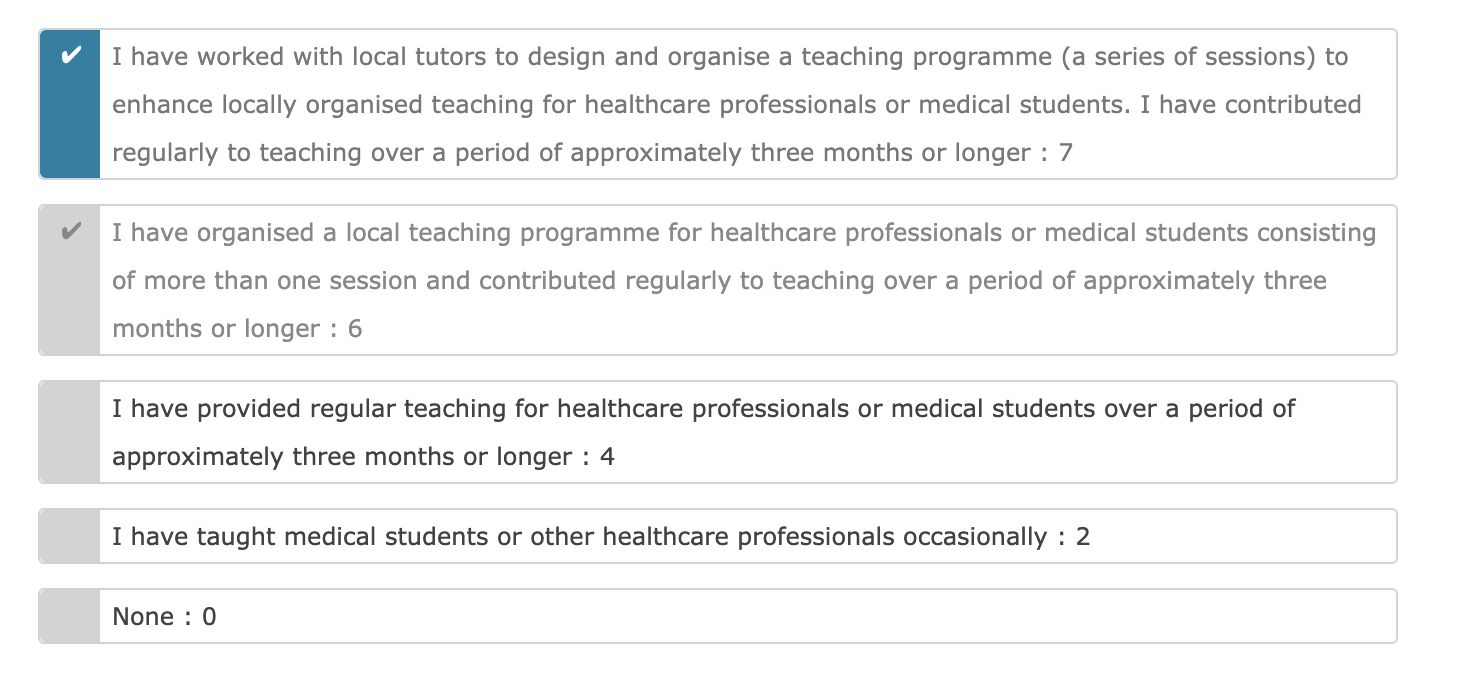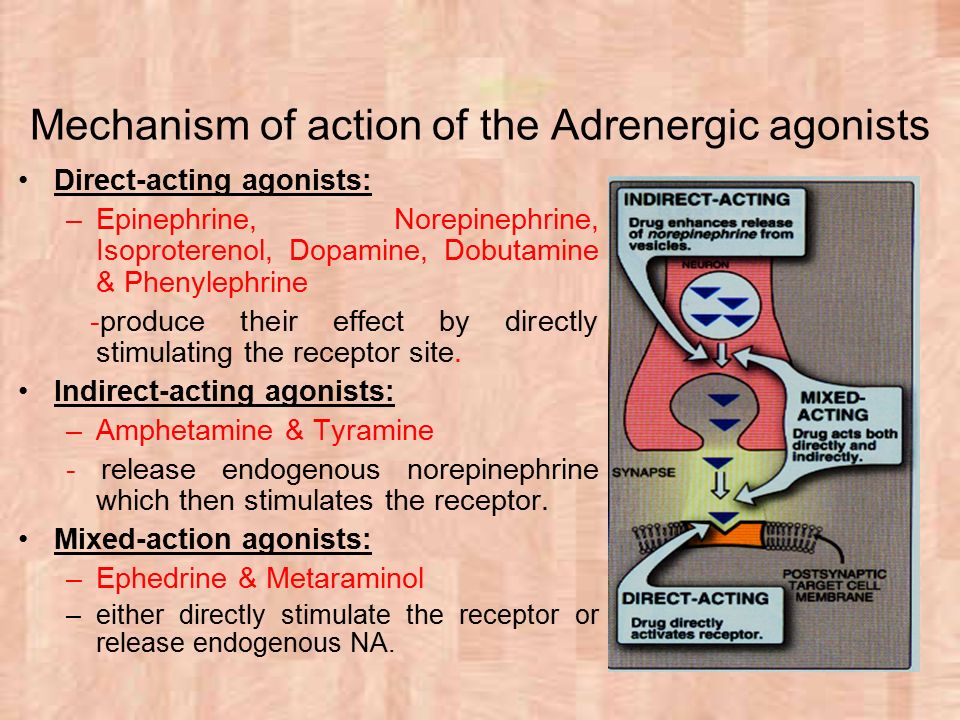Importance of teaching – Medical portfolio
Dear Friend,
This week, I’m writing this newsletter at 3.30am whilst on a night shift. ICU night shifts are different to medicine ones, there is less volume, but when things go wrong, they go wrong quickly. But I also feel that the night is best time to learn as you are exposed to the most pathology.
I have been completing my applications for oncology training next year. When you apply for specialty training, there are 2 main steps. The first is an application form on Oriel. This is very much like your UCAS form in school, where you have to put down all your degrees, previous jobs, qualifications, publications etc. Each section will be scored using pre-set criteria, and those who meet a cut-off score will then be invited to interview.
The application form is pretty standardised across most specialties, with some slight differences. As expected, you get points for publications, presentations, extra degrees. However, what has really surprised me is seeing the high emphasis on teaching. There are 2 separate domains for teaching – delivering a teaching programme yourself, as well as having any formal teaching qualifications. For clinical oncology, there are 13 points available for teaching (out of a total of 59) – that’s almost 25%.


Therefore, to those of you in medical school or foundation years, I would urge you to look ahead and try and get some teaching experience under your belt. Delivering teaching should be easy, and you can do this in one of your foundation year placements, as it needs to be at least 3 months.
In terms of training in teaching, more and more people are doing higher teaching qualifications such as PG Cert or PG diploma. You can even do these part time over the course of a year. To all those doctors taking an FY3 year out, if you can do a PG Cert during this time out, this will definitely serve you well.
The point is, applying to specialty training is becoming ever more competitive. Teaching experience seems to be HEE new way of discriminating between candidates, so rather than a bonus it is becoming an essential part of your medical portfolio, even if it does not have any thing to do with your specialty.
Have a lovely week!
Drug of the week
Metaraminol
This is a sympathomimetic medication which is used in the prevention and treatment of hypotension (low blood pressure), particularly as a complication of anaesthesia.
The dominant mechanism of action for the vasopressor action of metaraminol is indirect, with metaraminol displacing norepinephrine from neuronal vesicles in order for the noradrenaline to exert these effects.
Metaraminol at higher doses may have direct α-adrenergic agonist and β1-adrenergic agonist effects.
Metaraminol can be given peripherally in comparison to other inotropes which have to be given though a central line.
Side effects of metaraminol include reflex bradycardia among others.

A Brain Teaser
An 81-year-old woman is brought into the emergency department by her daughter following an unwitnessed collapse. The patient is confused so there is no obtainable history. Her past medical history includes depression, Alzheimer’s dementia, and atrial fibrillation. Her regular medications include bisoprolol, donepezil, and amitriptyline. It was noted by the ambulance crew that she had taken an excess of her regular medications.
On examination, the chest is clear and saturations are 96% on room air. An ECG demonstrates a sinus rhythm with a rate of 34/min. The blood pressure is 94/59mmHg. Her Glasgow coma score is 13/15. She is afebrile and the blood sugar is 7.8mmol/L.
What is the most appropriate initial treatment?
A: Atropine
B: Ephedrine
C: Glucagon
D: IV bicarbonate
E: Metaraminol
Answers
The answer is A – atropine.
This woman is suffering from a beta-blocker overdose for which the management aims to restore a normal heart rate. The first line in these cases is atropine which is, therefore, the correct answer here.
Ephedrine is both an alpha- and beta-adrenergic receptor agonist and therefore exerts a positively chronotropic effect on the heart as well as acting as a vasopressor. This is predominantly used in anaesthesia and requires invasive monitoring. Atropine is the preferred first-line agent in cases of beta-blocker overdose.
Glucagon can be used to manage beta-blocker overdose however is usually used as a second-line agent in cases that are resistant to atropine.
IV bicarbonate is an agent used for a tricyclic antidepressant (TCA) overdose, however, this is not the case here as TCA overdoses result in tachycardia rather than bradycardia.
Metaraminol is a selective alpha-adrenergic agonist and is used for vasopressor support. Unfortunately, this would have minimal impact in normalising this woman’s heart rate and reversing the effects of the beta-blocker.



